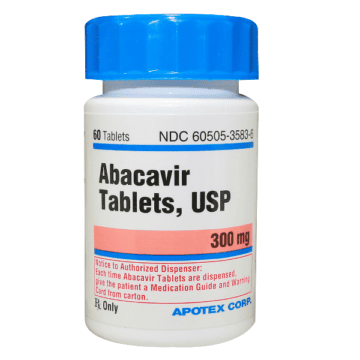This is an automatically translated article.
The article is professionally consulted by Master, Resident Doctor Nguyen Thanh Vinh - Department of Obstetrics and Gynecology - Vinmec Ha Long International General Hospital.
Pre-eclampsia is one of the 5 common dangerous obstetric complications in pregnant women after the 20th week. Pre-eclampsia syndrome causes many complications in childbirth, especially the risk of leading to eclampsia, causing pregnancy. convulsions, coma, dangerous to the life of both mother and child.
The only effective treatment for severe preeclampsia is to terminate the pregnancy, that is, to remove the fetus from the mother's body, so as to ensure the best benefit for both mother and child. The treatment regimen for preeclampsia with each specific case is as follows:
1. Mild preeclampsia
For mild cases of preeclampsia, when the fetus is still premature and if the mother has enough knowledge and conditions, she can self-monitor at home according to the following instructions:Follow-up examination once a week at the hospital . Perform tests, blood chart, liver function, kidney function, complete coagulation test, blood group and total urinalysis, obstetric monitoring, Doppler ultrasound, guide to monitor fetal movements. monitor pregnancy.according to doctor's prescription. Measure blood pressure at home 2 times/day in the morning and afternoon, remember to record the parameters, monitor your weight, monitor your pregnancy, rest completely and not work During the process. monitoring at home, pregnant women need to be aware of body changes that warn of signs of serious change requiring immediate re-examination, including:
Headache, dizziness, blurred vision Rapid weight gain Epigastric pain Weak machine High blood pressure Less urine, dark urine

Nhức đầu, hoa mắt, mắt nhìn mờ là dấu hiệu cảnh báo chuyển nặng cần phải tái khám ngay
2. Severe preeclampsia
Severe cases of pre-eclampsia will require drug interventions, including:Lowering blood pressure: Use antihypertensive drugs such as Trandate, Adalat Retard or Aldomet, to ensure blood pressure is maintained at 130/80 - 140/90 mmHg Prevention of seizures: by intravenous administration of magnesium sulfate and intravenous infusion for maintenance. According to the protocol, only intravenous infusion (with dilution of dd MgSO4) through an electric needle / intramuscular (buttock) injection. Intravenous injection is dangerous to cause cardiac arrest. Note that when using MgSO4, it is necessary to monitor the concentration of Mg 2+ and prevent Calcium Gluconate in case of overdose causing cardiac arrest. Assessment of fetal health, fetal maturity: if the fetus is not yet mature enough, corticosteroids can be used to help the fetal lungs adapt well to independent living when the baby is born. Besides, comprehensive care is extremely important, including ensuring adequate nutrition, quiet room, soft light, monitoring vitals, fluid intake and output. In case of progressing to eclampsia, it is necessary to treat quickly by resuscitation. just stopped the convulsion, and at the same time removed the fetus immediately to save both mother and child. This process requires the close support of both the neonatal unit and the anesthesia resuscitation unit, with the active support of good care of the medical team.
3. Notes in the management of preeclampsia

Cần lưu ý gì trong xử trí tiền sản giật?
Use of calcium channel blockers in late pregnancy does not increase the risk of seizures in the neonate: calcium channel blockers are quite effective in the antihypertensive treatment of hypertension pregnancy, therefore used a lot in recent times. However, there is still some concern about the extent to which calcium channel blockers affect the fetus. A study published by Harvard University found that the use of calcium channel blockers during the last month of pregnancy did not increase the risk of seizures in infants. This result helps both doctors and users feel more secure when using this drug. Emergency management of acute-onset severe hypertension in pregnancy and postpartum: Acute hypertension can occur during pregnancy, and also in the postpartum period. Proper treatment of this condition will help limit the complications of gestational hypertension. According to the American College of Obstetricians and Gynecologists, oral dihydropyridine calcium channel blockers along with intravenous hydralazine and intravenous labetalol may be considered effective options for the treatment of severe hypertension. However, when using it, it is necessary to consider the side effects it brings such as hydralazine can cause respiratory failure in the mother, labetalon can cause tachycardia in the fetus. Labetalon labetalol should be avoided in pregnant women with a history of asthma, cardiovascular disease or heart failure
Doctor Nguyen Thanh Vinh has many years of experience at major hospitals such as Hue Central Hospital, Truong Hospital. Hue University of Medicine and Pharmacy and is the main doctor practicing medicine at Hanoi Obstetrics and Gynecology Hospital.
Please dial HOTLINE for more information or register for an appointment HERE. Download MyVinmec app to make appointments faster and to manage your bookings easily.













